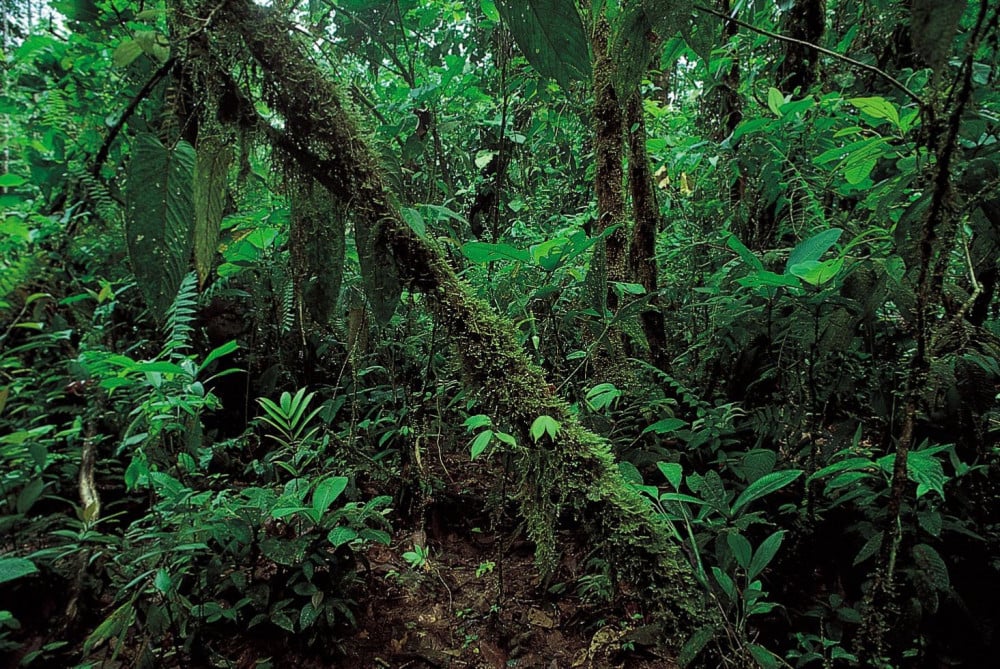Forests
What is the forest?
The forest is a complex ecosystem in which trees are the dominant form of life. The forest is nature's most efficient ecosystem, with a high rate of photosynthesis affecting both plant and animal systems in a series of complex organic relationships. Forests can develop under different conditions, soil type, flora and fauna vary with extreme environmental influences.
What are the main types of forests?
There are three main types of forests, defined by latitude: taiga (boreal) forests, temperate forests, and tropical forests.
Forests can occur wherever temperatures rise above 10 °C (50 °F) in the warmer months and annual precipitation is more than 200 mm (8 in). It can evolve under a variety of conditions within these climatic limits, and the type of soil, plant and animal life varies according to the extremes of environmental influences.
In the cold subarctic regions located at higher latitudes, forests are dominated by coniferous forests such as pine ( Pinus ), fir ( Piece ), and larch ( Larix ). In the northern hemisphere, these are called boreal forests, or boreal forests, with prolonged winters and between 250 and 500 mm (10 and 20 in) of precipitation annually. Coniferous forests also cover the mountains in many temperate regions of the world.
In the more temperate climates of higher latitudes, mixed forests of both conifers and broad-leaved deciduous trees predominate. Broadleaf deciduous forests develop in mid-latitude climates, where there is an average temperature above 10 °C (50 °F) for at least six months each year and annual precipitation is above 400 mm (16 in). A growing period of 100 to 200 days allows deciduous forests to be dominated by oak ( Quercus ), elm ( Ulmus ), birch ( Petula ), maple ( Acer ), beech ( Fagus ), and aspen ( Populus ).
In the humid climates of the equatorial belt are tropical rainforests that support amazing plant and animal biodiversity. There are heavy rains that support evergreens, which have broad leaves instead of needle-like leaves, as in cool forests. Monsoon forests, the deciduous forests of the tropics, are found in areas with a long dry season followed by a heavy rainy season. At low latitudes in the Southern Hemisphere, the temperate deciduous forest is visible.
Forest types differ from one another according to the species composition (which evolves in part according to the age of the forest), the density of tree cover, the type of soil present there, and the geological history of the forest area. Altitude and unique meteorological conditions can also shape forest development ( see cloud forest and elven forest ) .
How are forests classified?
Forests are distinguished from each other according to species composition (which evolves in part according to the age of the forest), tree cover density, soil types, and the geological history of the forest area.
What are the climatic requirements of the forest ecosystem?
Tree-dominated forests can occur where the temperature rises to more than 10 °C (50 °F) in the warmer months, and annual precipitation is more than 200 mm (8 in)
Plants and animals…
Forests are among the most complex ecosystems in the world, and they exhibit extensive vertical stratification. Pine forests have the simplest structure: a layer of trees rising to about 30 m (98 ft), a shrub layer that is sparse or even absent, and an earth layer covered with lichens, mosses, and liverworts. Deciduous forests are more complex; The tree canopy is divided into upper and lower floors, while the rainforest canopy is divided into three layers on least . The forest floor in each of these forests consists of a layer of organic matter covering the mineral soil. The humus layer in tropical soils is affected by high levels of heat and moisture, which quickly decompose any organic matter present. Fungi on the soil surface play an important role in the availability and distribution of nutrients, particularly in boreal coniferous forests. Some species of fungi live in partnership with tree roots, while others are destructive parasitoids.
Forest-dwelling animals have highly developed hearing, and many are adapted for vertical movement through the environment . Since food other than terrestrial plants is scarce, many animals that live on land use forests only for shelter. In temperate forests, along with the wind, birds distribute plant seeds and help insects pollinate. In tropical forests, fruit bats and birds influence pollination and seed dispersal. The forest is one of nature's most efficient ecosystems, with a high rate of photosynthesis affecting both plant and animal systems in a series of complex organic relationships.

